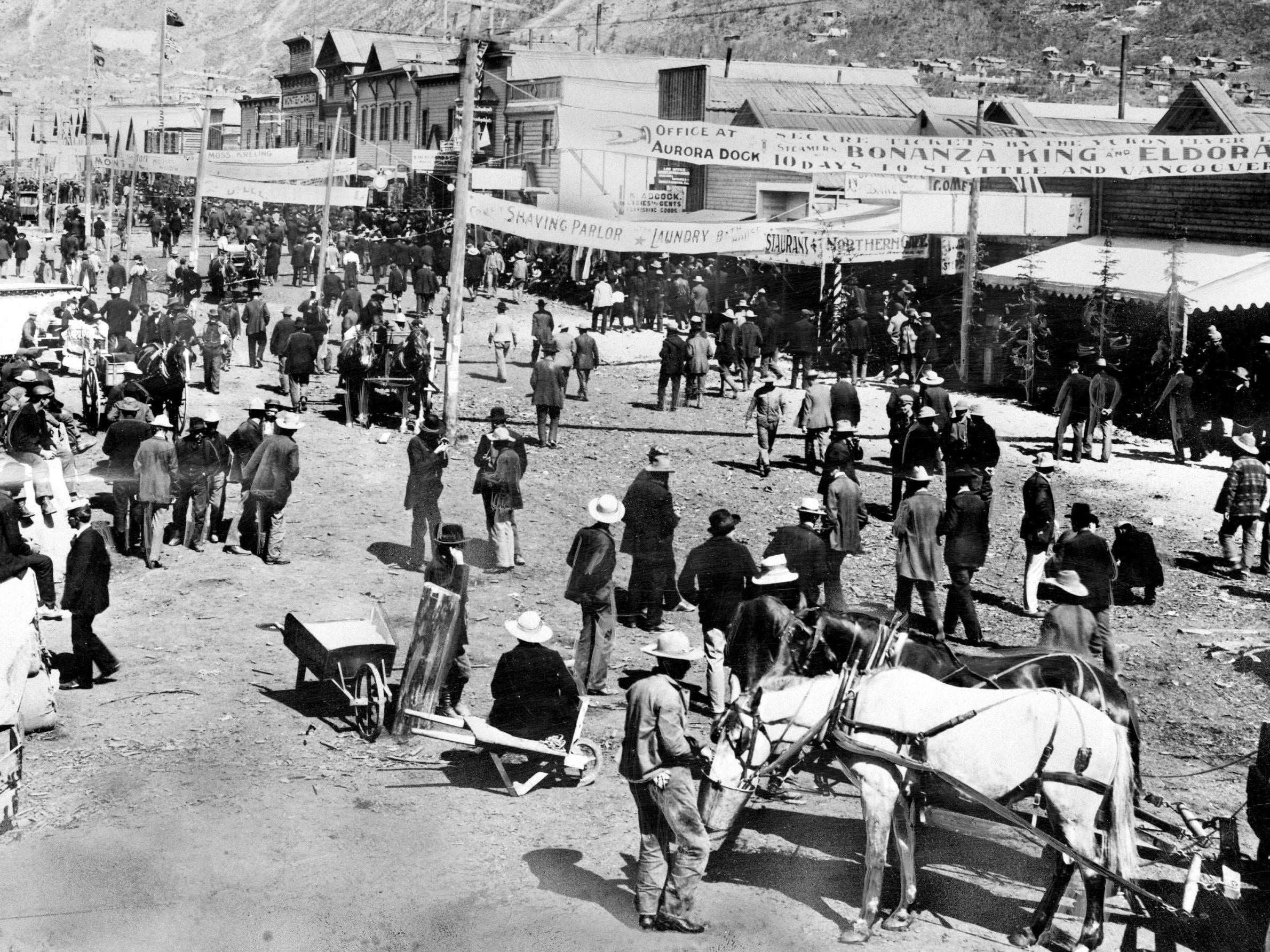Canadian Gold Rush town filled with speculation over discovery of mysterious buried safe
'We're hoping for big gold bars'

Your support helps us to tell the story
From reproductive rights to climate change to Big Tech, The Independent is on the ground when the story is developing. Whether it's investigating the financials of Elon Musk's pro-Trump PAC or producing our latest documentary, 'The A Word', which shines a light on the American women fighting for reproductive rights, we know how important it is to parse out the facts from the messaging.
At such a critical moment in US history, we need reporters on the ground. Your donation allows us to keep sending journalists to speak to both sides of the story.
The Independent is trusted by Americans across the entire political spectrum. And unlike many other quality news outlets, we choose not to lock Americans out of our reporting and analysis with paywalls. We believe quality journalism should be available to everyone, paid for by those who can afford it.
Your support makes all the difference.A mysterious safe found buried eight metres underground in the town at the centre of the Klondike Gold Rush has sparked a new wave of speculation.
Construction workers dug up the old, iron strongbox while working on a new sewer system in Dawson City, Yukon, northwest Canada, last week.
Since then local residents have been waiting impatiently for the local authorities to give the go-ahead for it to be opened.
"We're hoping for big gold bars," Mark Dauphinee, superintendent of public works in Dawson City, told CBC.
"Everybody wants to know what's inside, but we checked with heritage resources and the local museum and neither of those people seem to be interested in it.
"So I guess it falls to us and we're going to see what we're going to do to open it."
One possibility is the safe is opened on 18 August during celebrations to mark the anniversary of the discovery of gold in 1896 on Bonanza Creek off the Klondike River.
So far the only clue to its contents are glimpses of cardboard boxes through the cracks of the door but curious social media users have made a series of wishful suggestions including gold nuggets, cash, land titles, and even The Holy Grail.
"Some unpublished poems by Robert Service would be better than gold," said one, while another wrote:"Two deeds, a will, gold tooth pick and chain".
Less glamorous suggestions included "remnants from the nasty, nasty, nasty Dawson City floods" and "three bottle caps, four rounds of 9mm ammo, a dirty hat and a cola."
Others joked "toes", referring to to the infamous cocktail served in Dawson City's Downtown Hotel - a shot of whisky garnished with a dehydrated human toe.
Yukon government archaeologist Ty Heffner was one of those whose initial reaction was that the safe would be empty because it was found among landfill trash.
"Because there's not a lot of information about it, it captures the public's imagination and curiosity of people who are wondering about this safe," he told CBC.
"But at the same time, from the historical significance perspective, it kind of erodes the potential significance it might have because there's not a story attached to it."
The original discovery of gold triggered a stampede of tens of thousands of people heading for the Klondike goldfields from across the US and as far away as Bermondsey, south London.
In just two years Dawson City was transformed from an area of mudflats into a bustling town of more than 30,000 residents. Today it has a population of 1,375.
Join our commenting forum
Join thought-provoking conversations, follow other Independent readers and see their replies
Comments